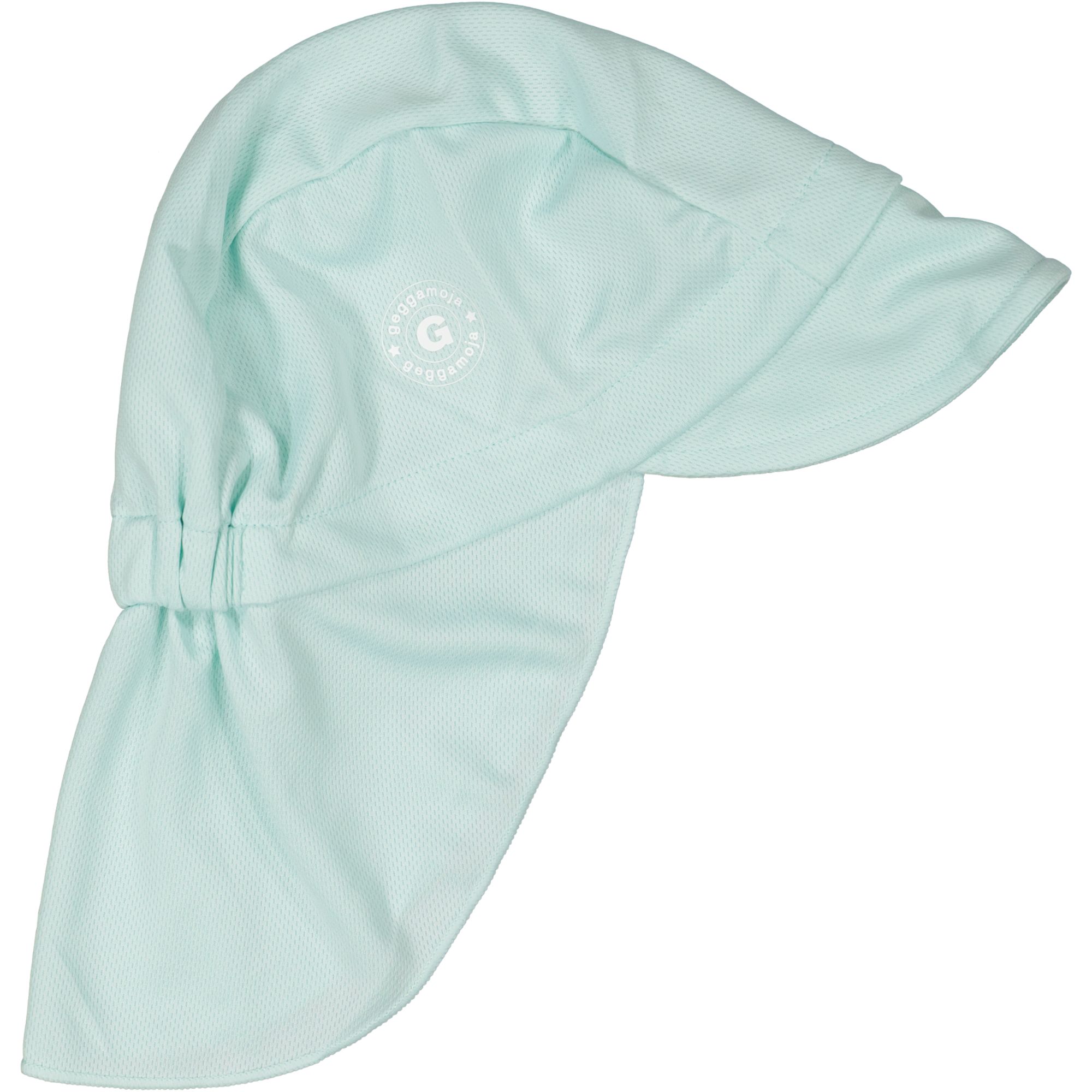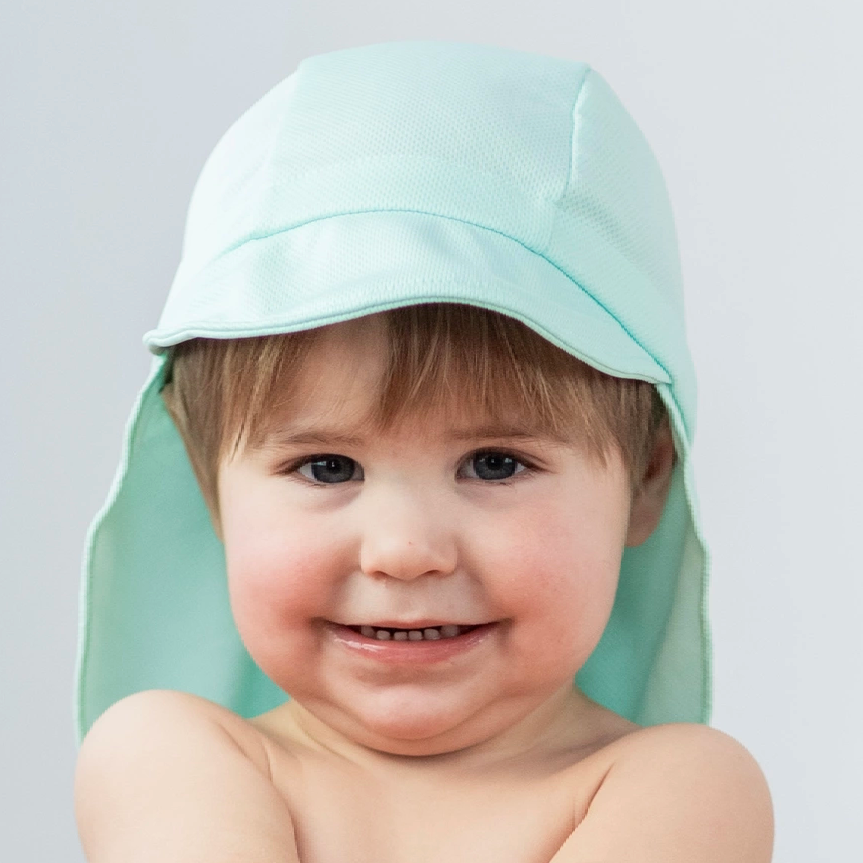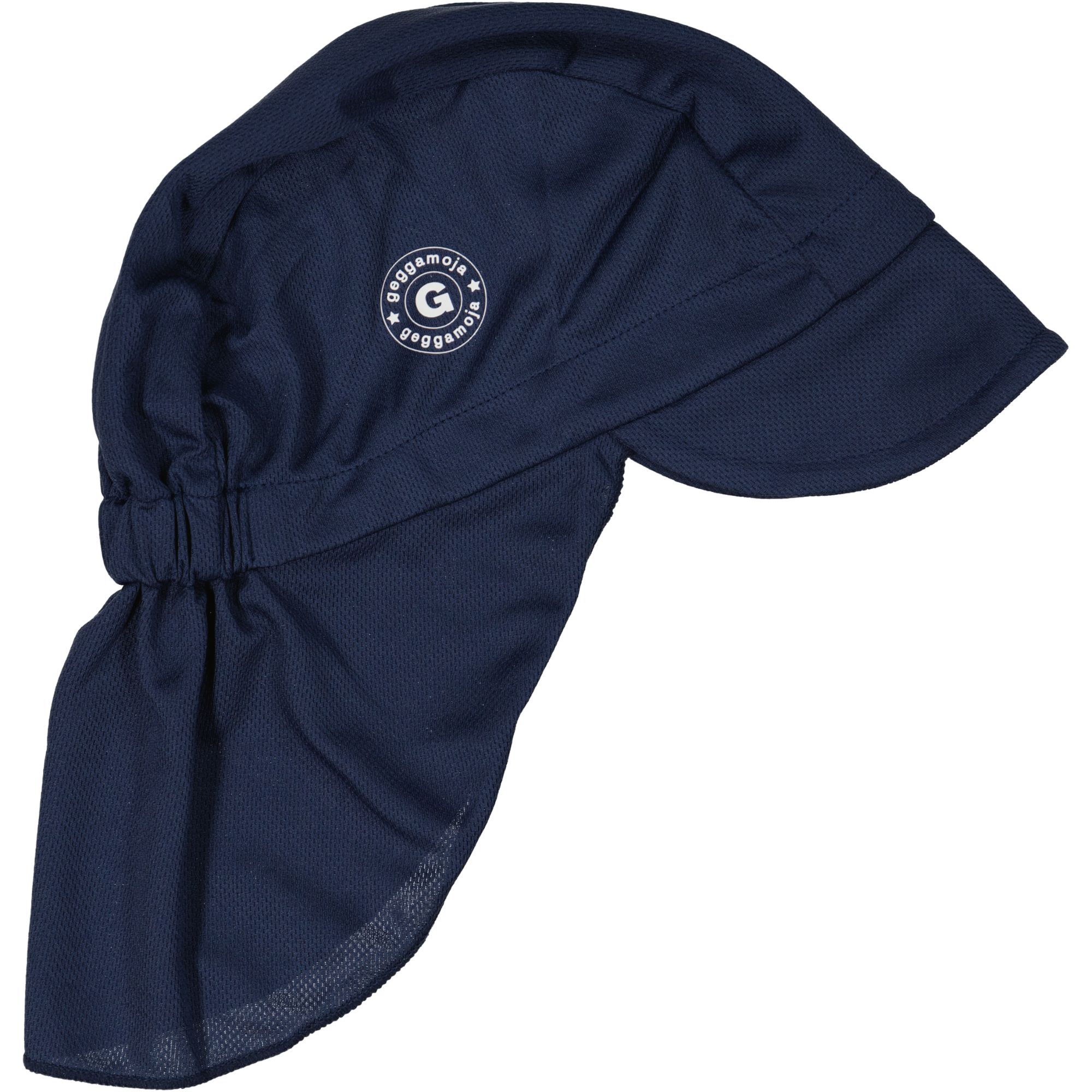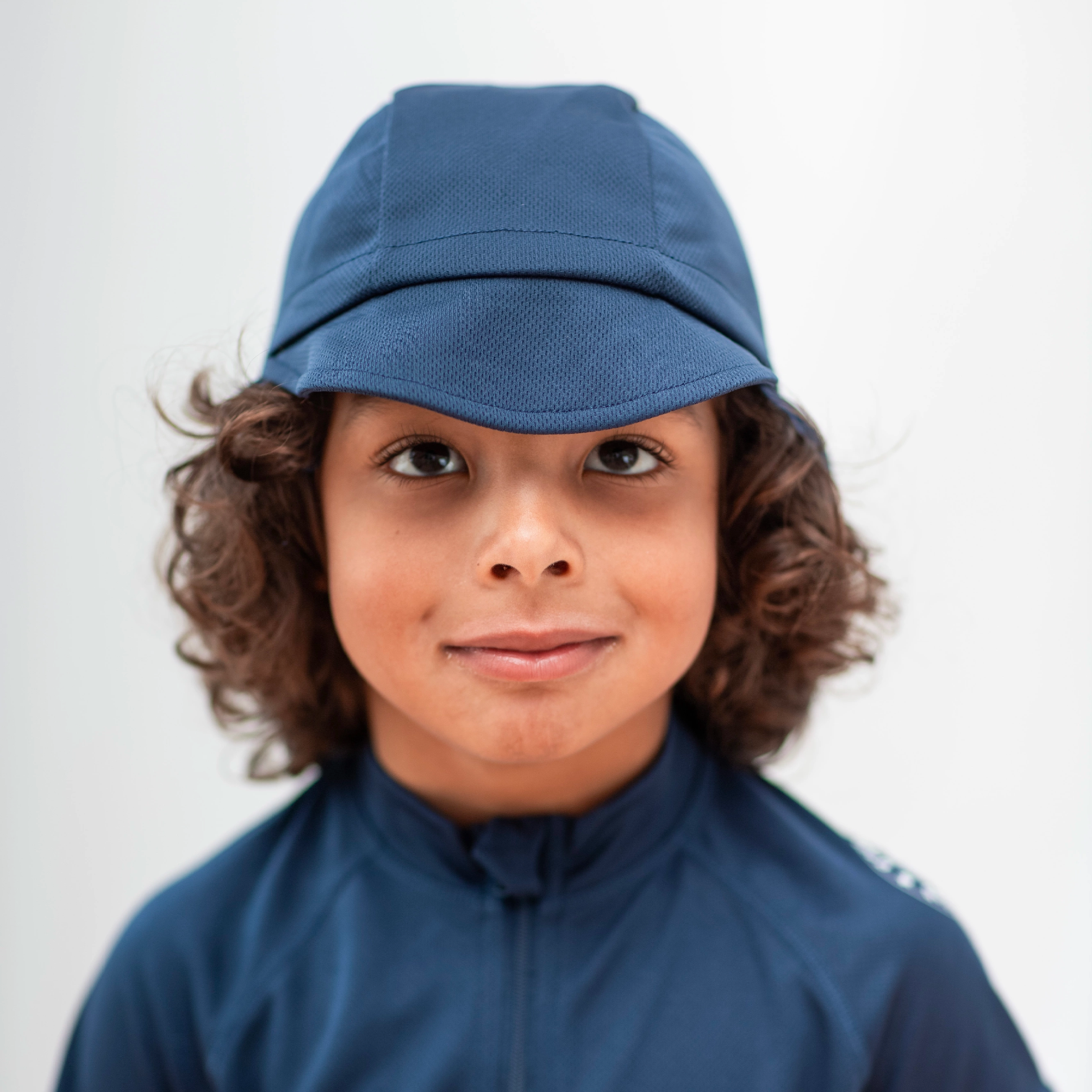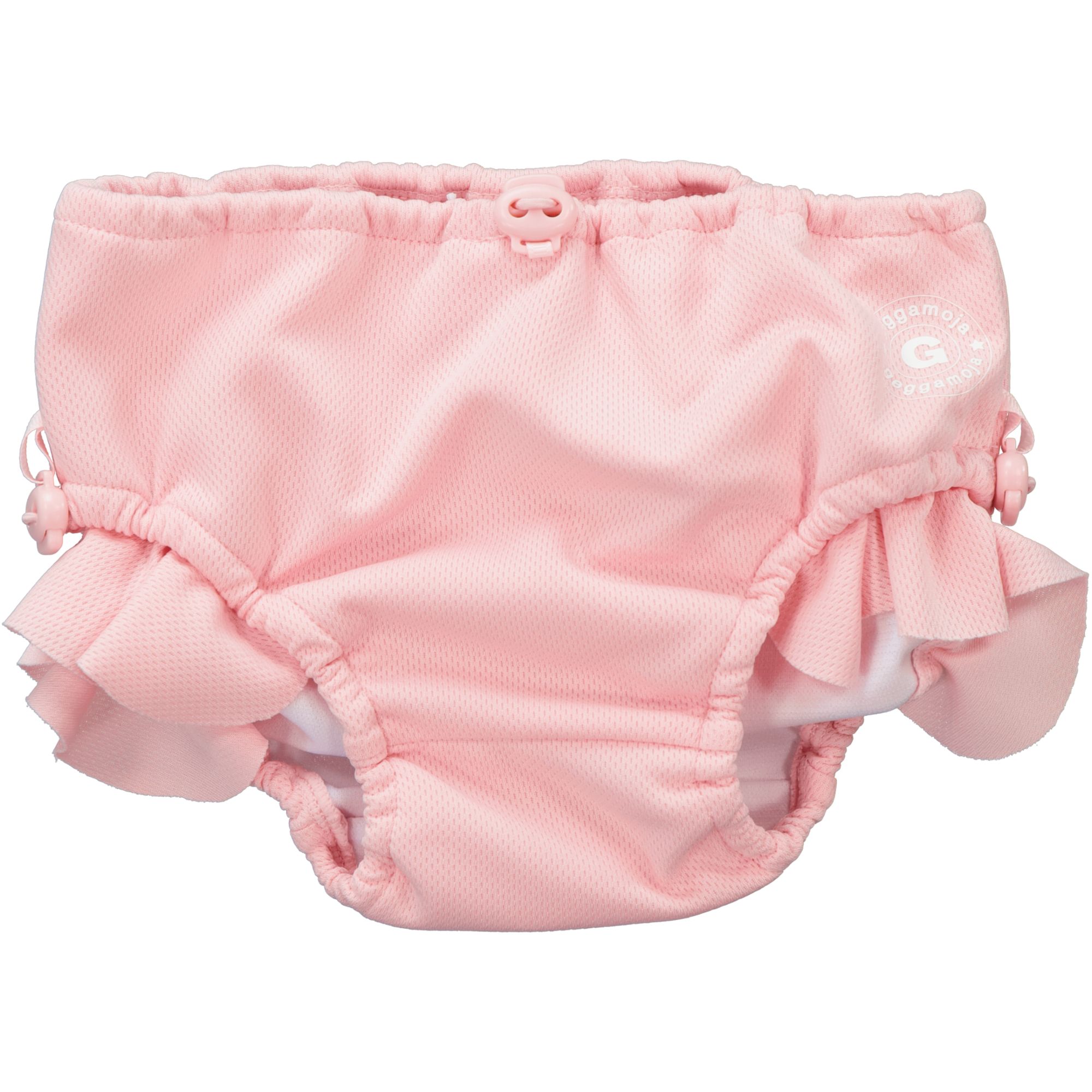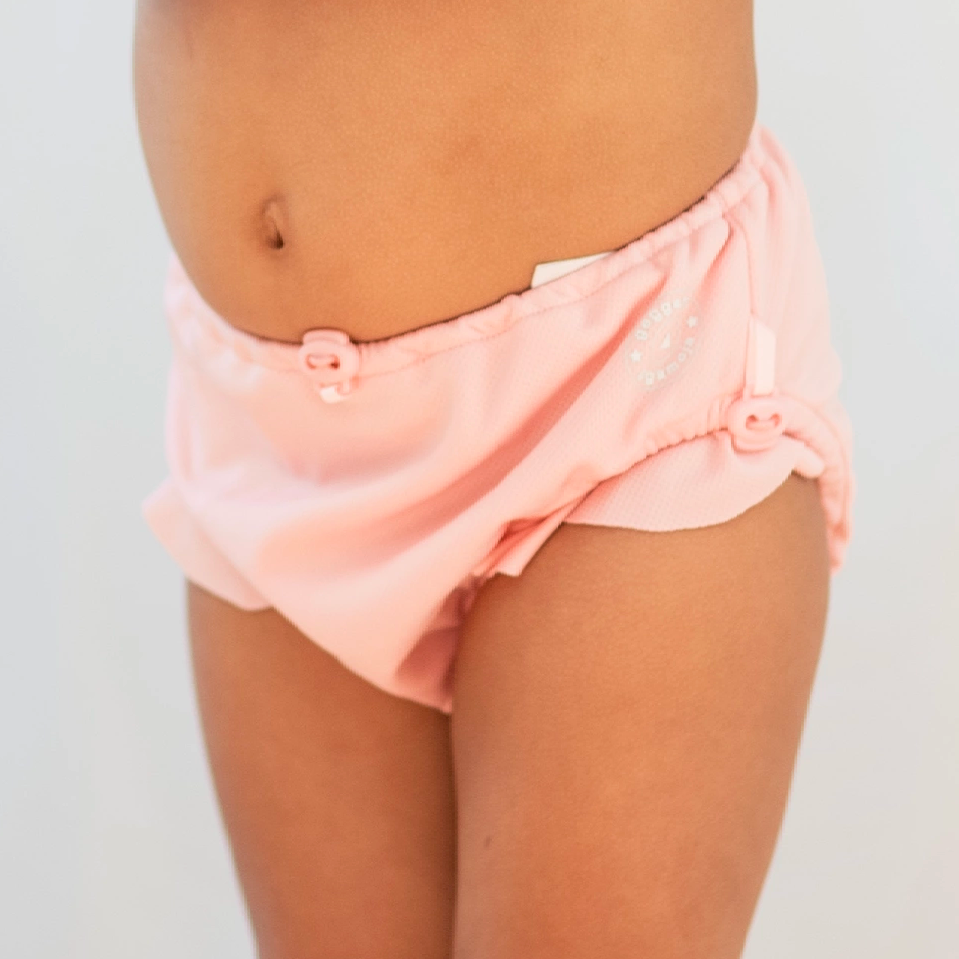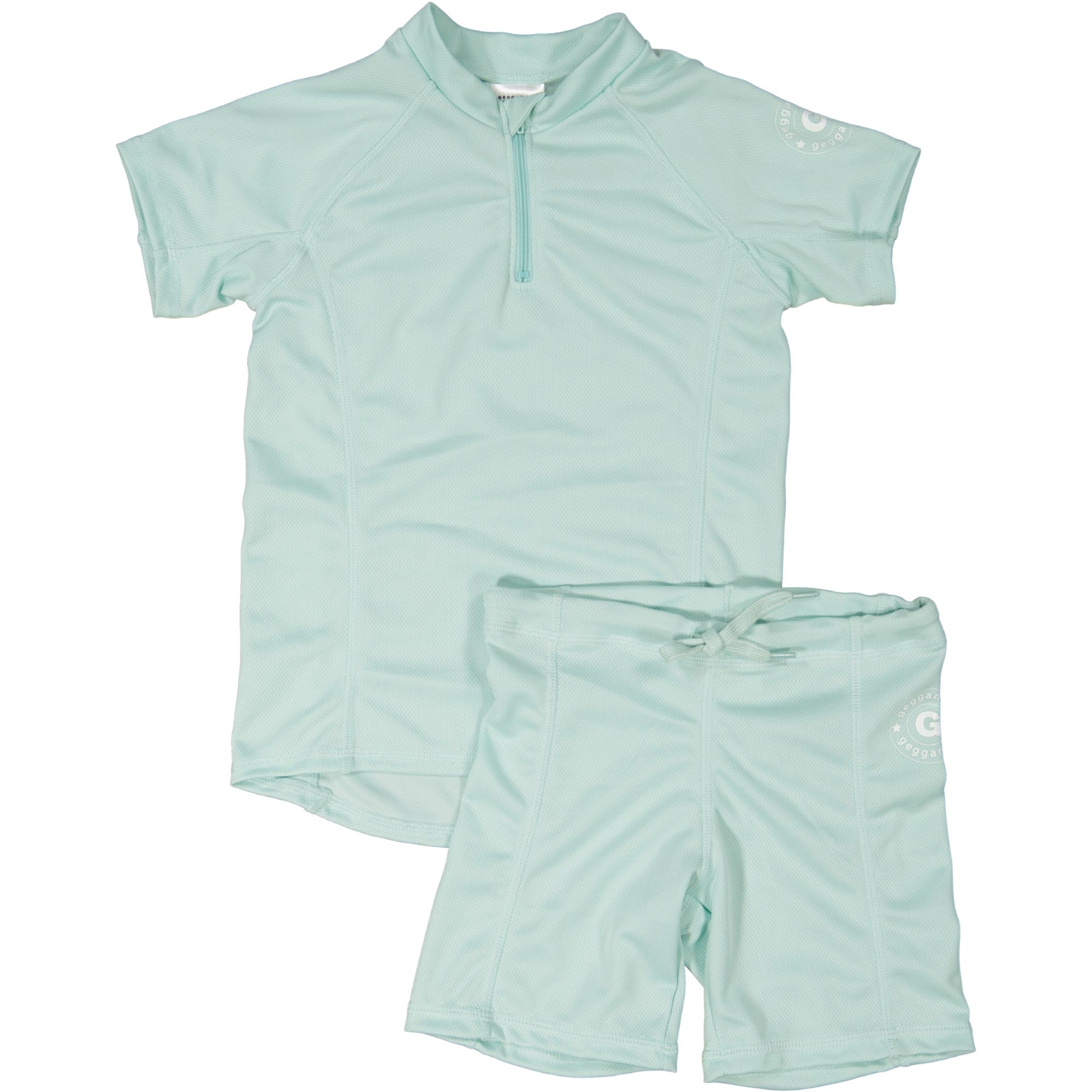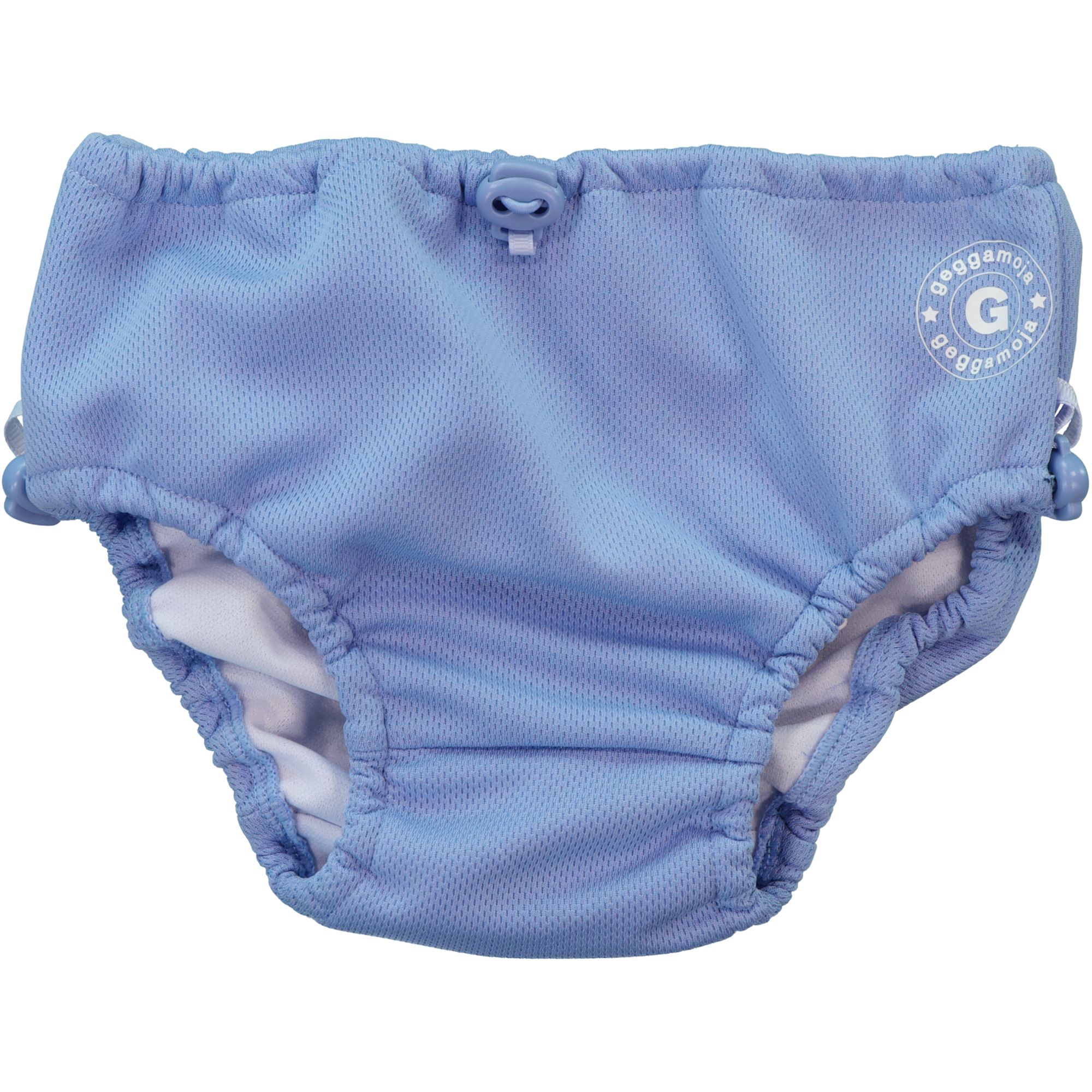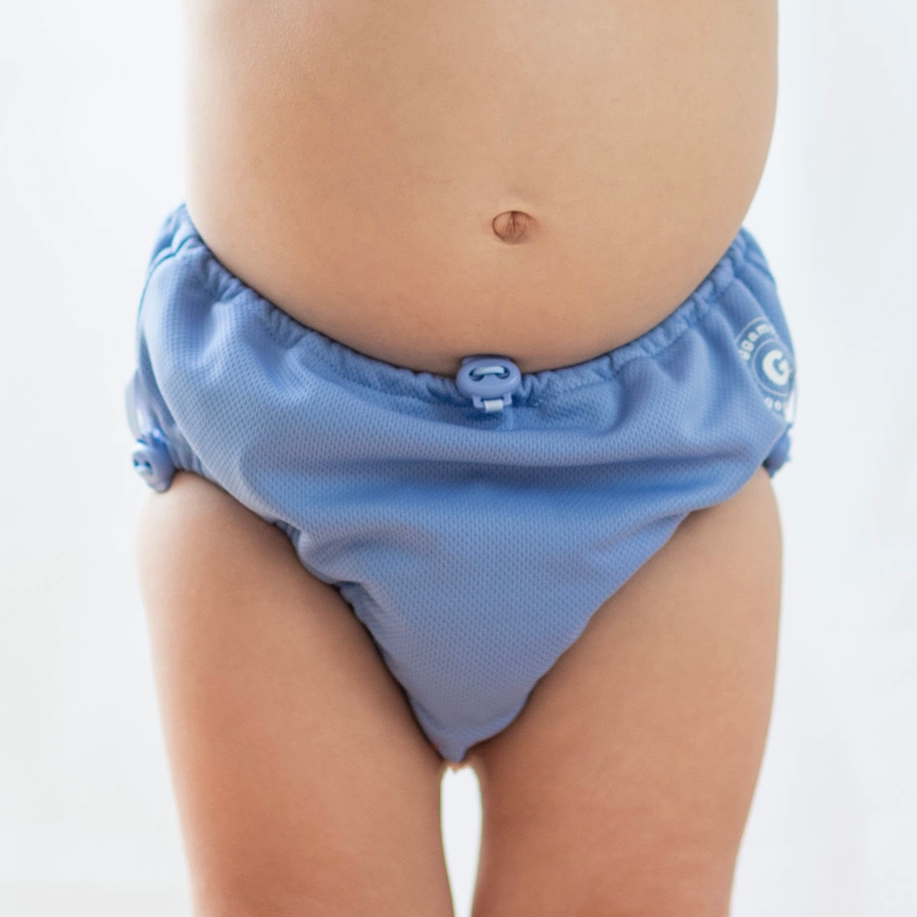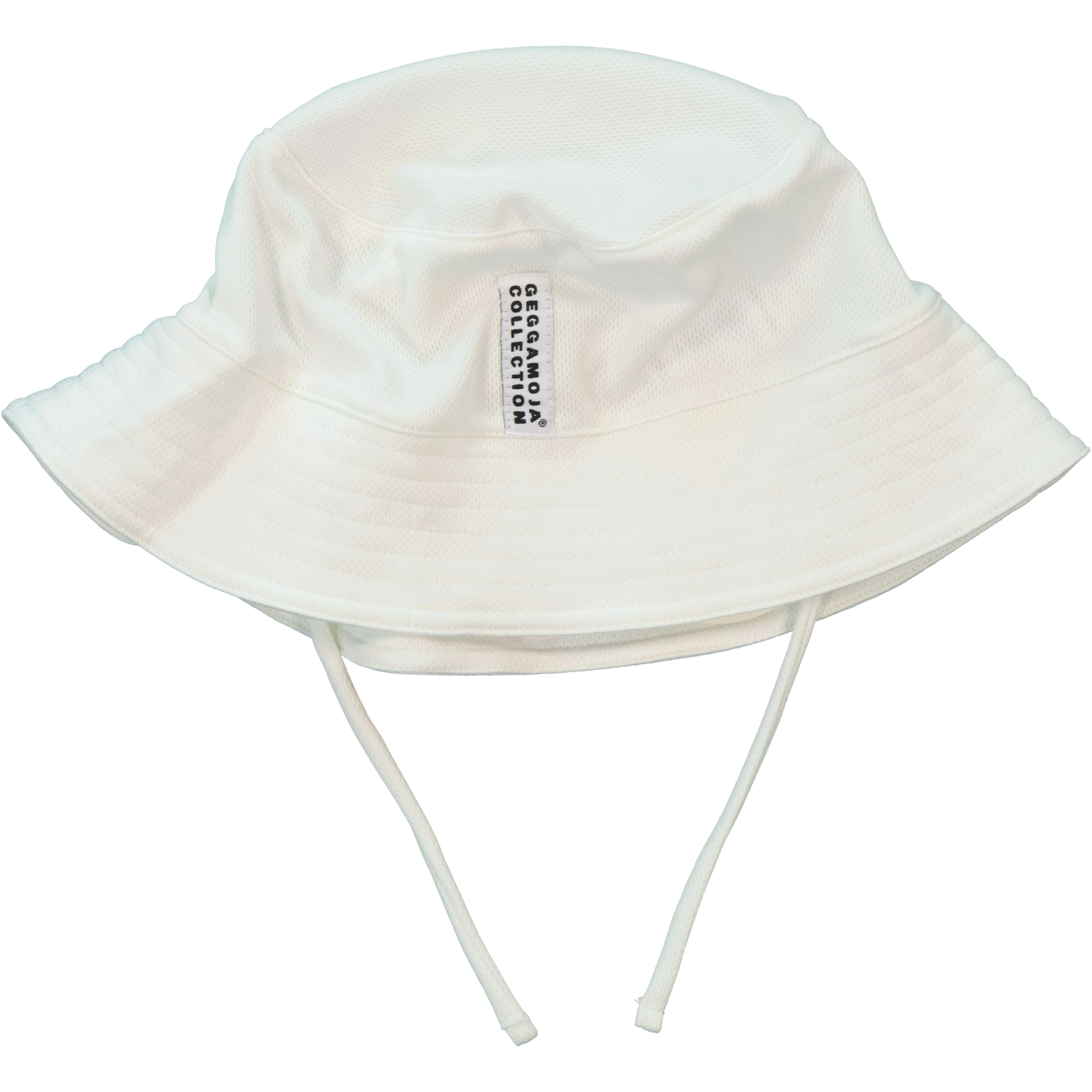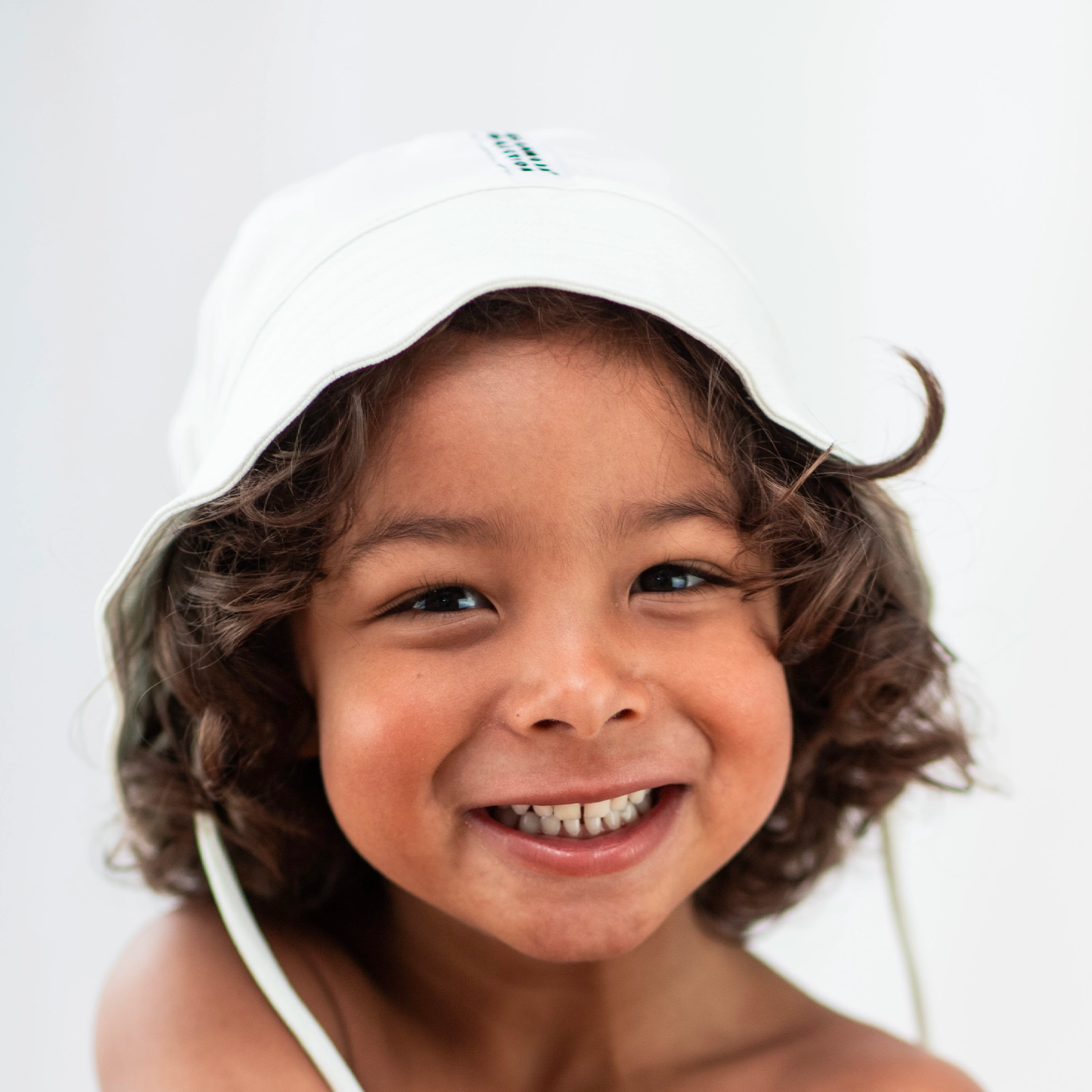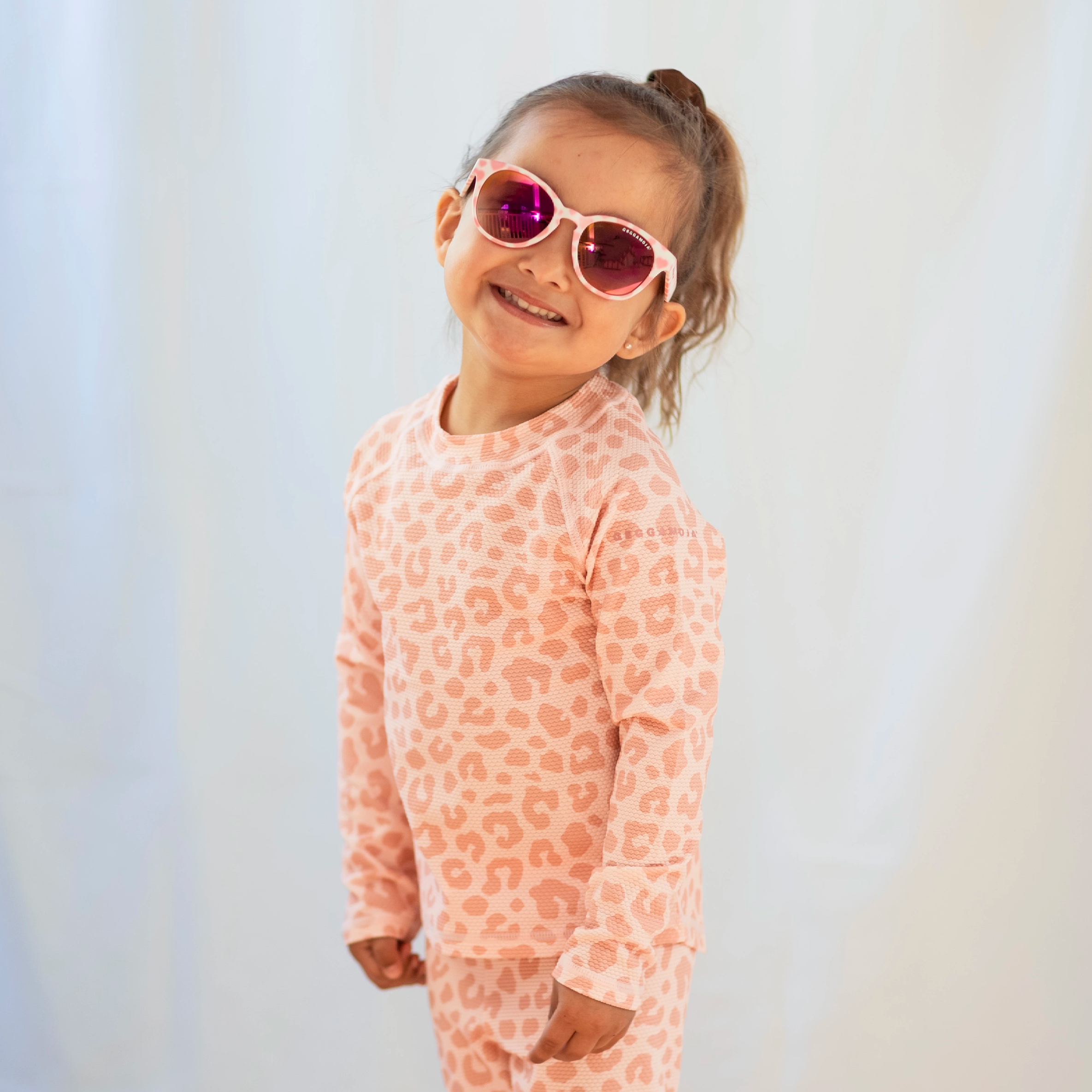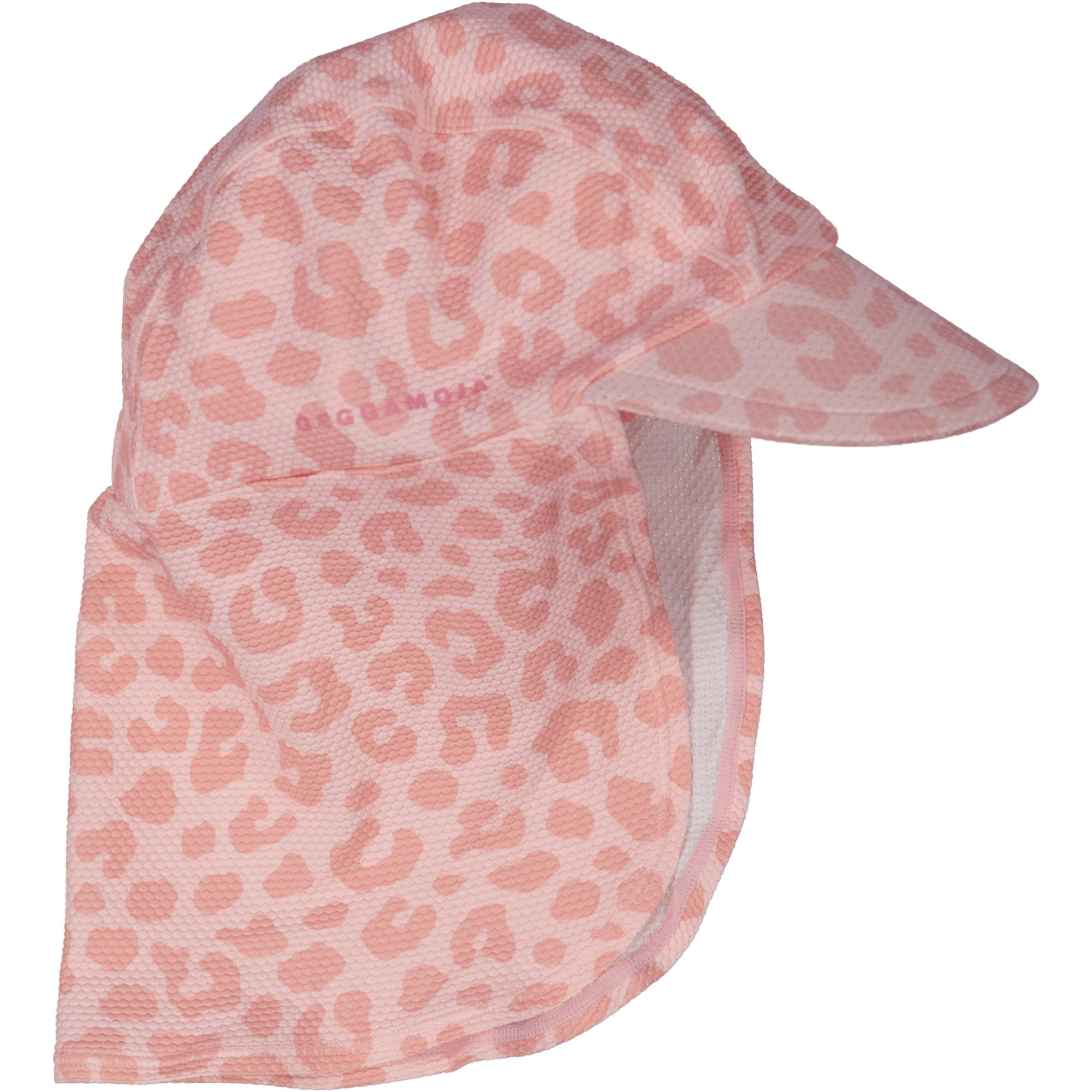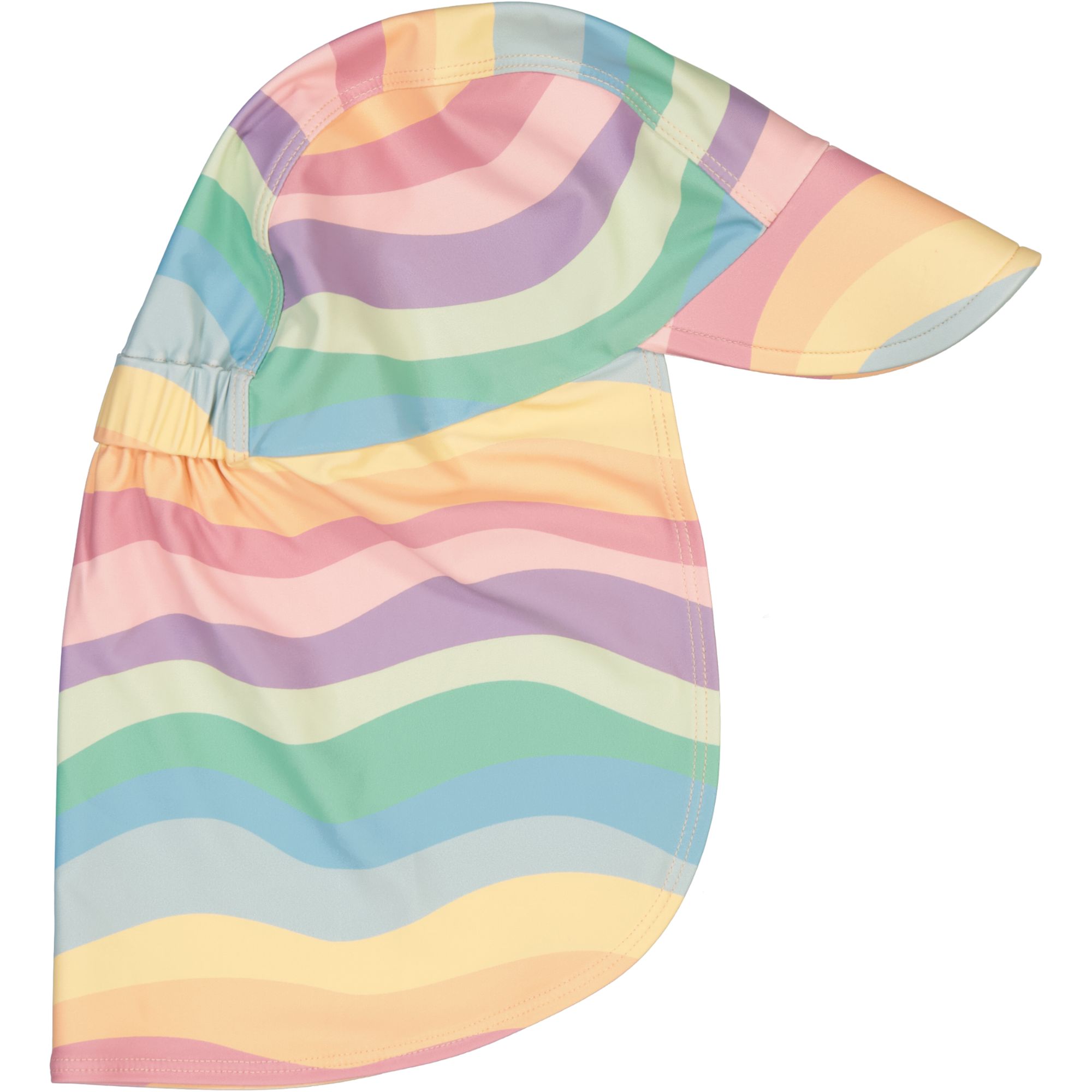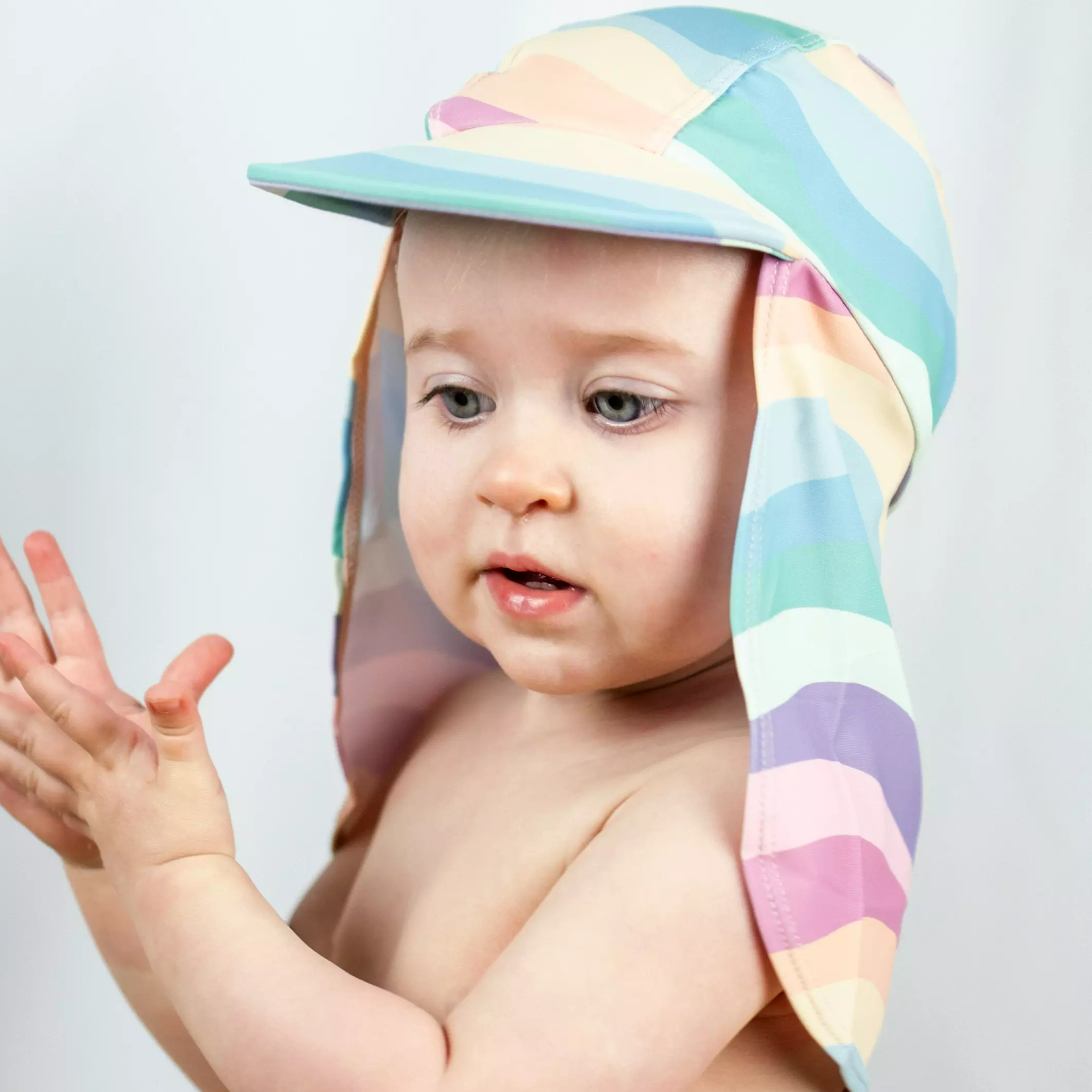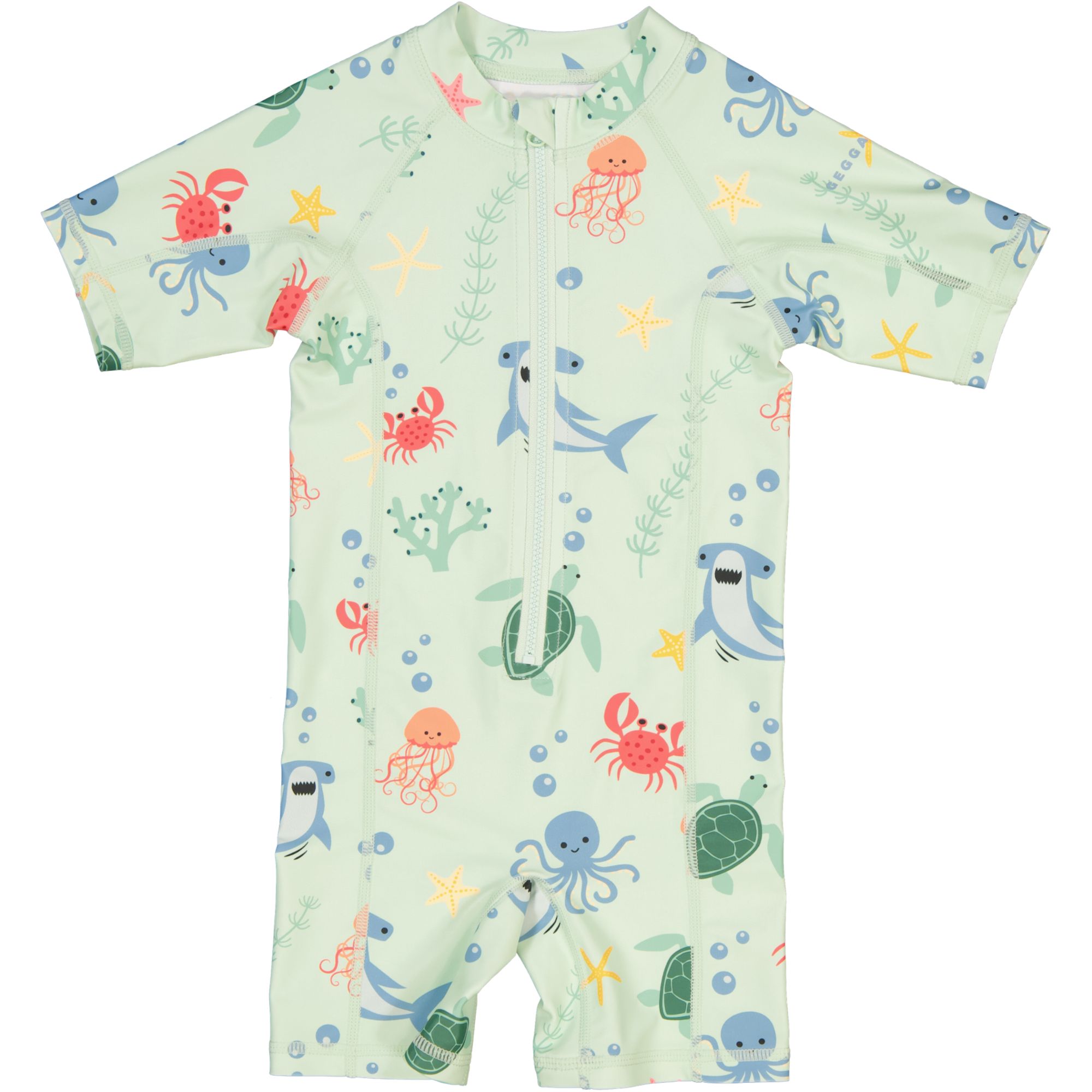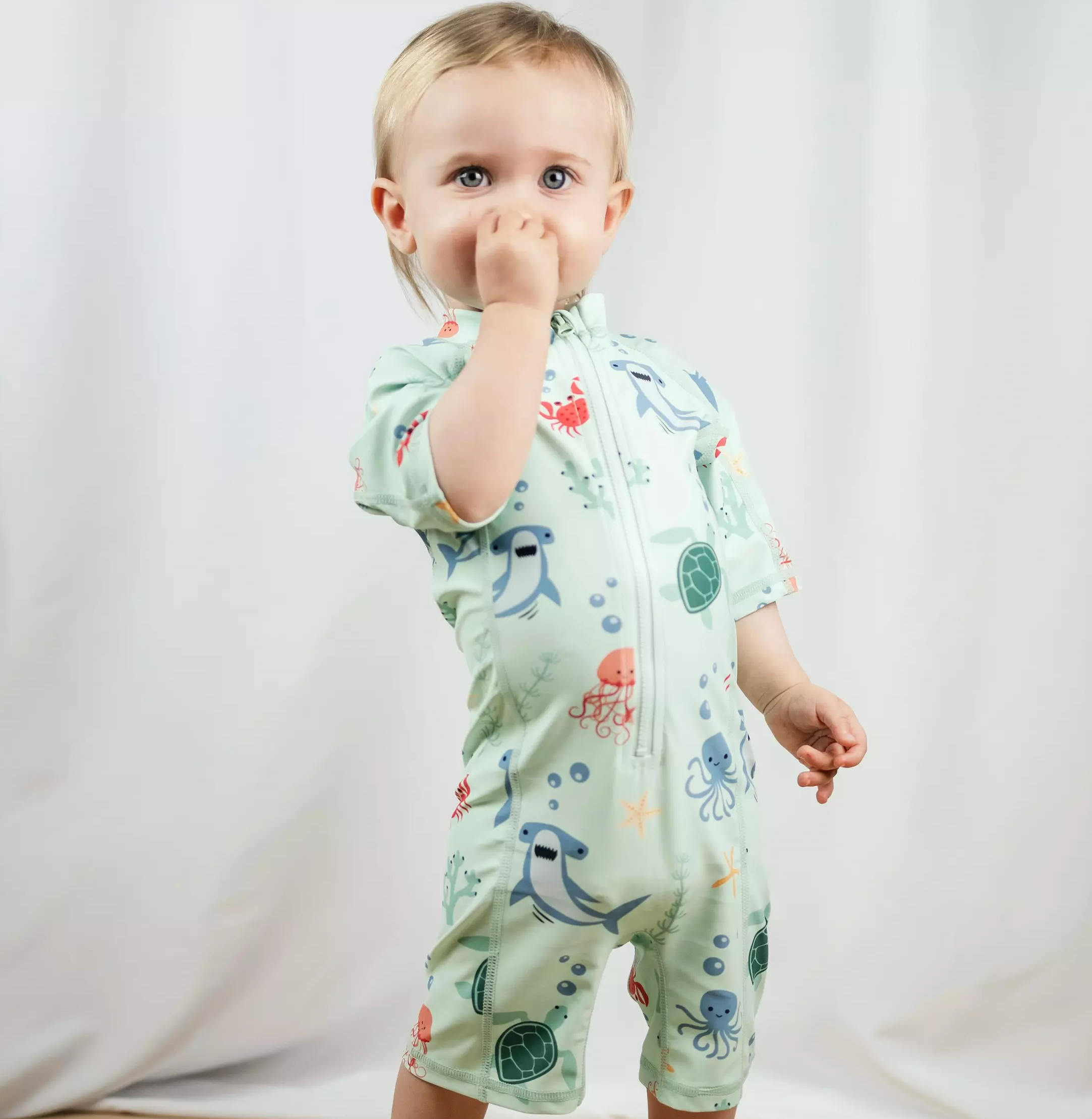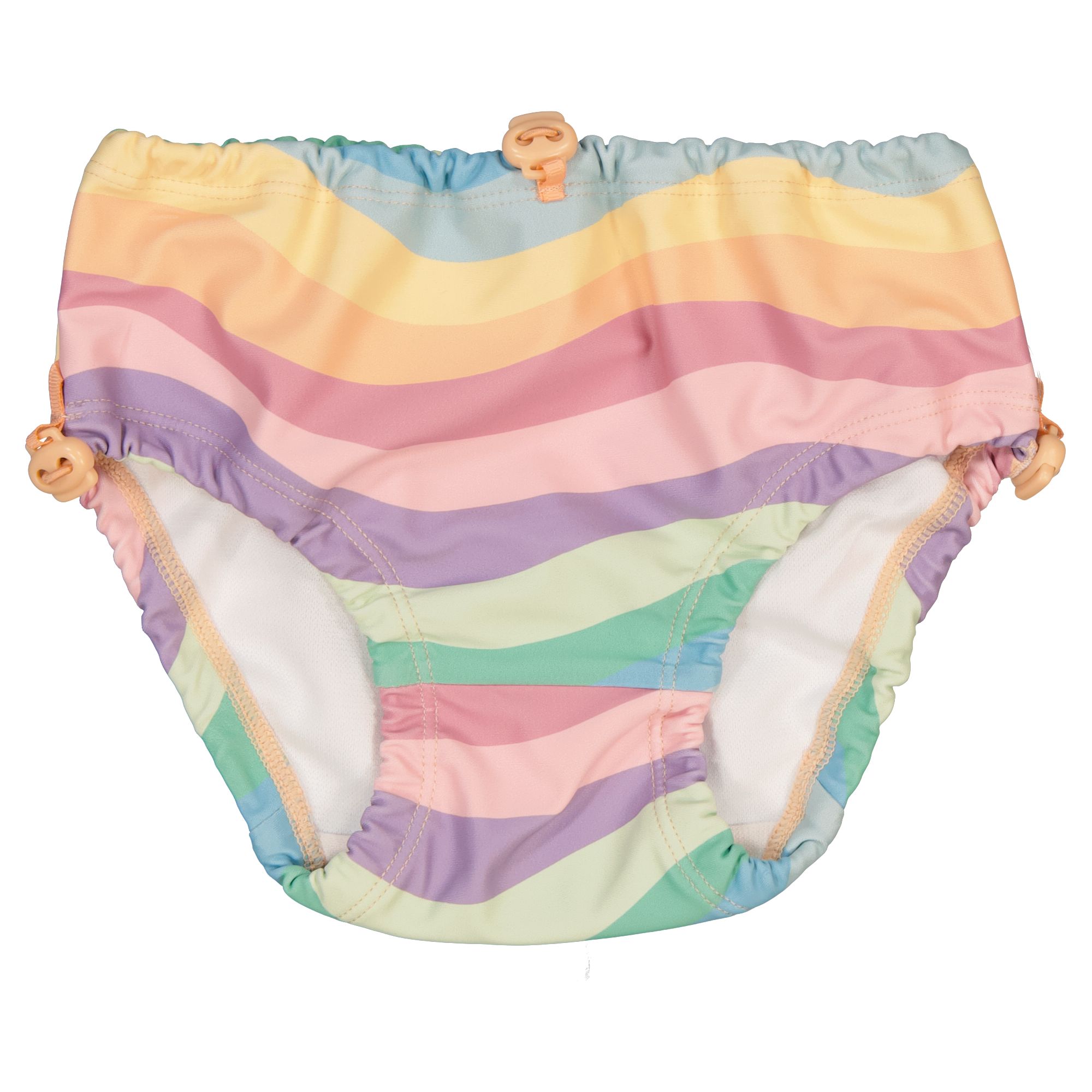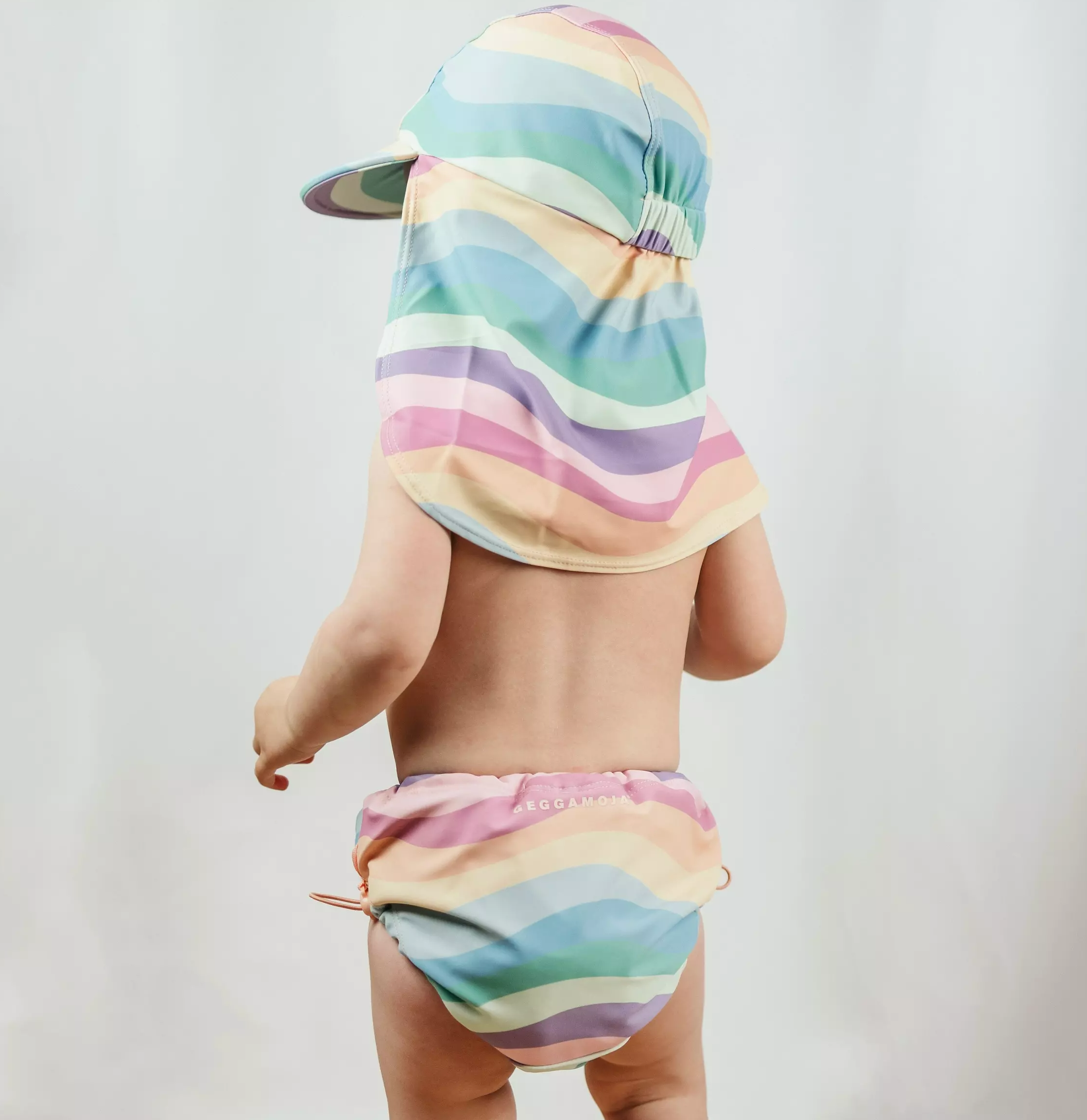Ohutusstandardid:
Ujumisriided, lühikeste varrukatega püksid ja särgid, lühikesed püksid, tekid ja kardinad vastavad standardile EN 13758-1. See on Euroopa standard, mis määratleb nõuded ja testimisvõtted päikesekaitseriiete ja -aksessuaaride jaoks. Kui toode vastab EN 13758-1 nõuetele, on seda testitud ja hinnatud vastavalt selle standardi nõuetele ja meetoditele.
Konkreetsemalt keskendub EN 13758-1 päikesekaitse efektiivsuse hindamisele, mõõtes selle ultraviolettkiirguse kaitsefaktorit (UPF). UPF näitab, kui tõhusalt kangas või riideese blokeerib päikese ultraviolettkiirguse (UV). Mida kõrgem on UPF väärtus, seda parem on kaitse UV-kiirguse eest.
Kui toode vastab EN 13758-1, on see läbinud vajalikud katsed, et näidata oma efektiivsust kahjuliku UV-kiirguse kaitsmisel vastavalt standardi kriteeriumidele.
Kübarad ja mütsid: Kui toode vastab EL-i isikukaitsevahendite määrusele (EU) 2016/425, kategooria I, tähendab see, et toode on mõeldud pakkuma kasutajale põhikaitset ja vastab määruses määratletud nõuetele selle konkreetse kategooria jaoks.
IKV tähendab isikukaitsevahendeid, mida reguleerib EL-i määrus 2016/425, et tagada toodete müümine EL-is vastab vajalikule ohutuse ja kvaliteedi tasemele kasutaja tervise ja ohutuse kaitsmiseks. Kategooria I viitab toodetele, mis pakuvad madalaimat kaitsetaset ja sisaldab tooteid, mida peetakse minimaalse riskiga.
Kui öeldakse, et müts vastab BS 8466-le, tähendab see, et müts vastab Briti standardi BS 8466 nõuetele. See standard on spetsiaalne mütside või mütsitaoliste toodete jaoks ja määratleb ohutuse, jõudluse ja kvaliteedi nõuded ning testimisvõtted, mis on toote jaoks asjakohased.
Täissuud, pika varrukaga särgid ja püksid: Kui toode vastab EL-i isikukaitsevahendite määrusele (EU) 2016/425, kategooria I, vastavalt EN 13758-2-le, tähendab see, et toode on hinnatud ja vastab EL-i määruse nõuetele, mis käsitlevad isikukaitsevahendeid, mis on mõeldud pakkuma põhikaitset.
Konkreetsemalt viitab see kaitsele päikese UV-kiirguse eest. EN 13758-2 on osa Euroopa standardist päikesekaitseriiete ja -aksessuaaride jaoks ning määratleb nõuded ja testimisvõtted päikesekaitse kohta, keskendudes ultraviolettkiirguse kaitsefaktorile (UPF).
Kui toode vastab isikukaitsevahendite määrusele, kategooria I, vastavalt EN 13758-2-le, on see testitud ja hinnatud, et tagada piisav kaitse kahjuliku UV-kiirguse eest, järgides EN 13758-2 määratud standardite ja kriteeriumide järgi. See tagab tarbijatele, et toode vastab Euroopa seadusandlikule ohutuse ja kvaliteedi nõuetele päikesekaitse osas.

